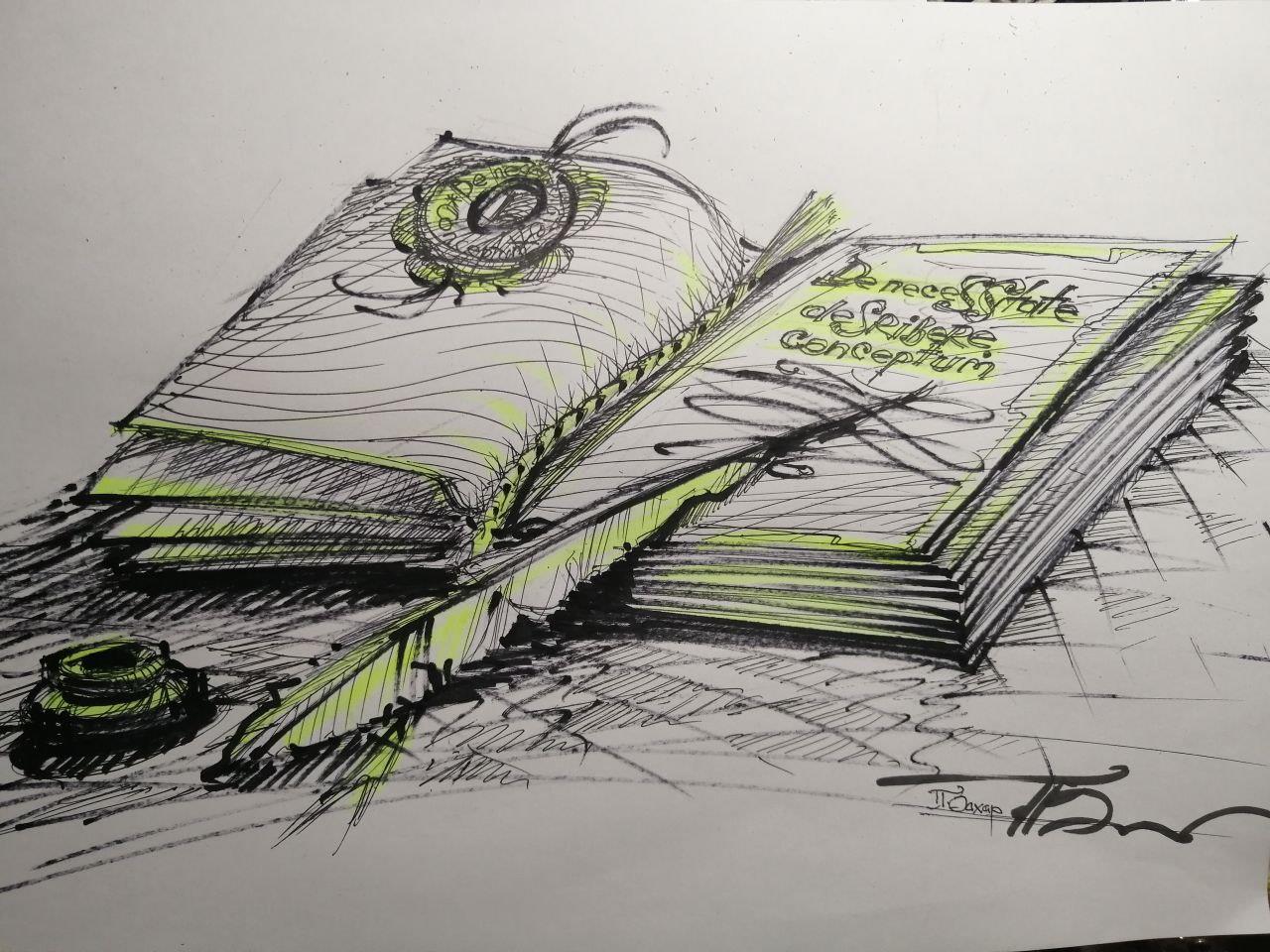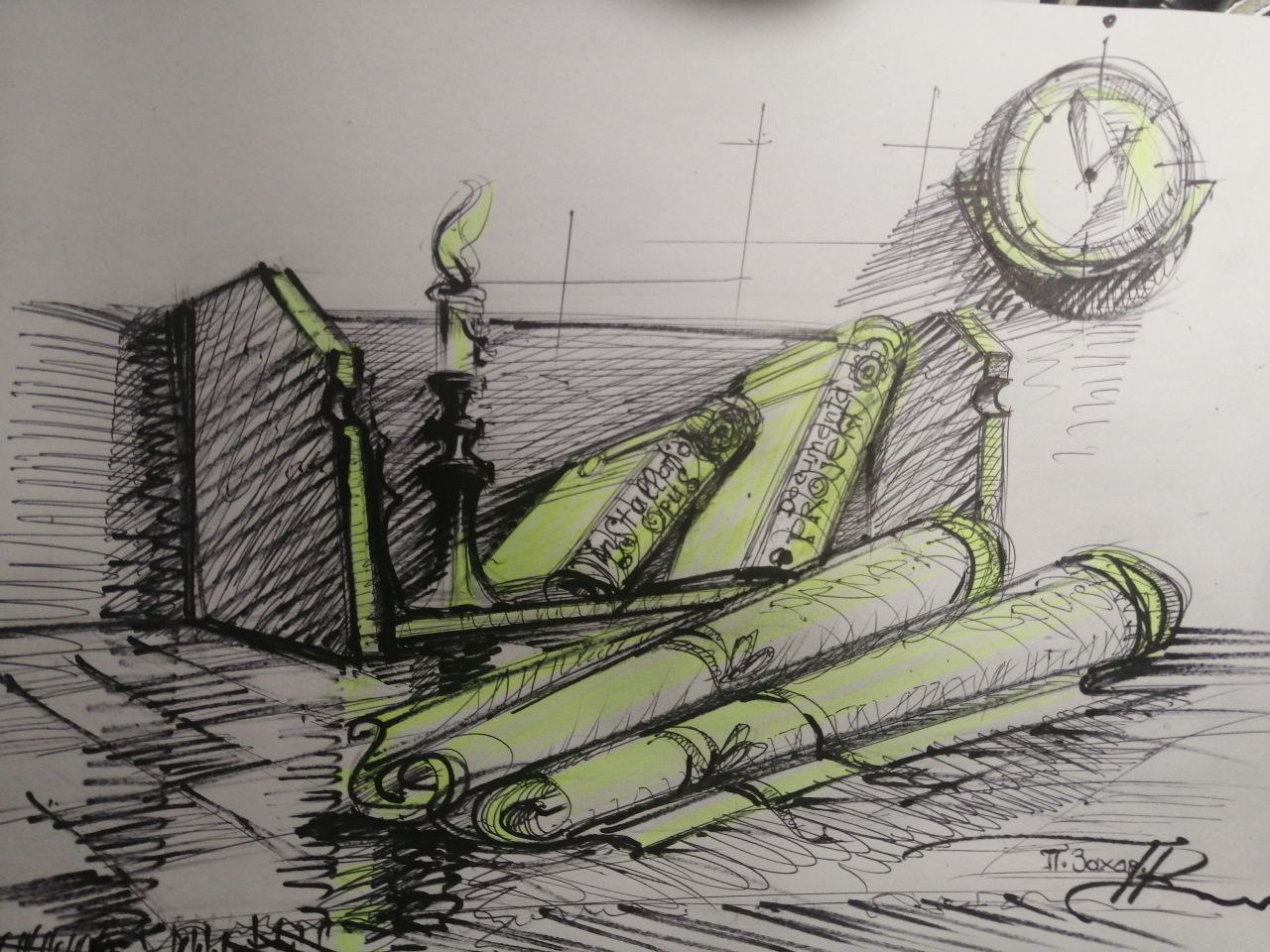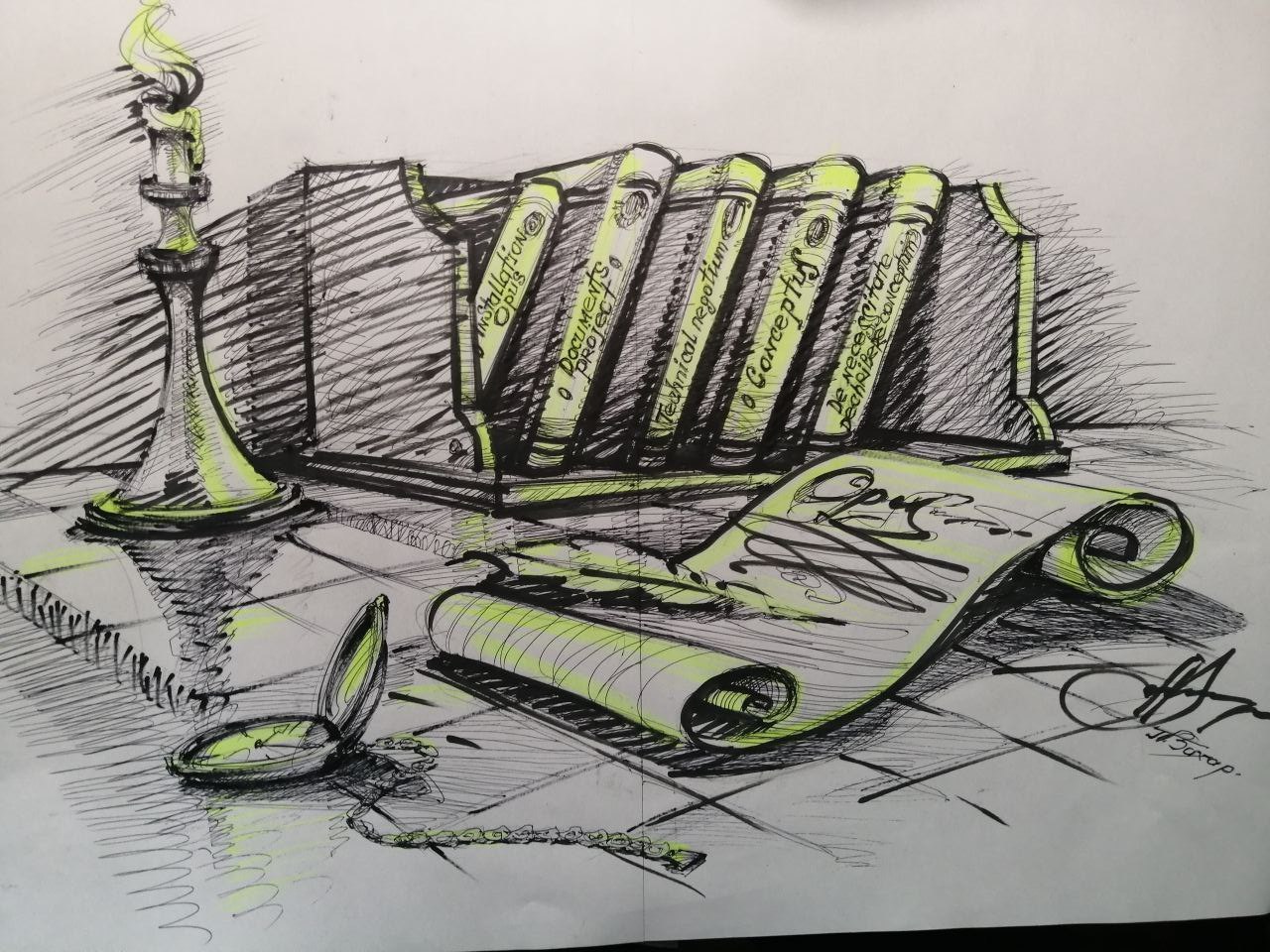1 September 2023

Prologue
For three decades I have been seeing the implementation of projects to create telecommunications infrastructure for buildings. And I have never had the opportunity to see something “correct” and meeting the requirements of the time, the requirements of international standards, the best global approaches and practices.
Buildings with engineering telecommunications infrastructure in the spirit of the sixties and seventies of the last century are being built everywhere in the country. And such new buildings become obsolete within a few years (this applies to almost all constructed buildings).
When modernizing the telecommunications infrastructure of existing buildings, half a century old approaches are also being implemented. And after another such modernization, a few years later the need for another modernization arises again.
How does a telecommunications engineering system appear in a building?
How does a telecommunications engineering system appear in a building? The engineering system in the building is installed by the Installer, i.e. the Installer installs the engineering system.
The installer installs the telecommunications engineering system based on the project documentation issued to him. And he implements what was designed. The installer strives to complete his work on time and with minimal deviations from the project documentation. He can do his job well, even very well, but it will be what is designed in the project documentation. The Customer’s technical supervision will not allow deviations from the project documentation. And the project documentation precisely sets out the approach that was almost half a century old
We must state that the Installer does not affect the technical level of the solution and the suitability of the solution to the needs of the building, the needs of the owners of the building and its future inhabitants.
How does project documentation for a telecommunications engineering system arise? The project documentation is developed by the telecommunications engineering system Designer.
The Designer develops project documentation based on the Technical Specifications issued to him. The Designer develops design documentation in accordance with the information contained in the Technical Specifications. And the Technical Specifications precisely set out the approach that was almost half a century old.
We must state that the Designer has almost no influence on the technical level of the solution, whether the solution meets the needs of the building, the interests of its owners and its future inhabitants.
How does a Technical Specification for a telecommunications engineering system arise? Who writes the text of the document Technical Specifications for a telecommunications engineering system? In theory, this document should come from the main stakeholders (Investor, Customer), but they do not do this. This document is born within the General Designer, who, however, does not have the necessary competencies for the telecommunications infrastructure of the building, the development of design documentation for which he needs to order. How then does the General Designer create the text of the Technical Specification document for a telecommunications engineering system? They begin to search for some Technical Specification for a similar engineering system previously implemented. After some material is gained, the text of the found document is being adapted to the future building. And usually the document found was created in the same way and so on. The obtained result has very little to do with modern trends and needs of the building, the interests of the building’s owners and its future inhabitants.
There may also be an option that the Customer already has a similar building – which, for example, is typical for hypermarket chains, and then the Technical Specifications for the telecommunications engineering system of the new building are based on solutions for the engineering system from the existing building. What we see here is copying (cloning) of outdated solutions and so on for about half a century.
The Technical Specifications indicate what should be done, but do not explain why it should be so and what are the objectives.
It is important to note that there is usually no separate stage in the development of Technical Specifications for a telecommunications engineering system, either actually or formally. The Technical Specification appears from nowhere, it is nameless, and according to this document of unknown origin, labor-intensive and expensive work is launched, which leads to unclear goals where the overall outcome turns to produce unfortunate consequences.
How to get out of the usual rut?
If the interested parties (Investor, Customer) had a Concept of the engineering system, then it would be possible to create a Technical Specification text that would provide a high level of technical solution, take into account the needs of the building, and also the needs of the owners of the building and its future inhabitants.
The Concept describes the full life cycle of a telecommunications engineering system: why it is needed; how it is conceived; how it interacts with other building engineering systems (both existing and future) during design, installation, operation and modernization; how it will change over time; how it affects the attractiveness of a building for its potential inhabitants (buyers, tenants, visitors); regulations; landmarks; cost of ownership (cost of creation, cost of operation and modernization).
In order for interested parties to have a desire to have a “Concept” document, they should have an understanding of what issues are addressed and considered in it. They should somehow grasp an idea of the “Concept” document, they should see what the fact of having this document gives them, and what opportunities this document opens up for them. They should believe that with the “Concept” document it will be much more efficient and profitable for them to move forward with the creation of their building. They need to get an idea of what they will lose and what the monetary value of these losses will be if they do not have a “Concept”. They should want to own the “Concept” document.
Introduction to the document “Necessity of the Concept” can help them with this.
What is required to receive the Concept? Should it be ordered? From whom? And How? The tender approach does not work here.
How can stakeholders come up with a “Need for Concept” document? The tender approach does not work here.
Instead of an epilogue

The traditional approach to creating a telecommunications engineering system for buildings includes two stages:
• Development of project documentation for the engineering system.
• Installation of engineering system.
The traditional approach leads to the appearance of the telecommunications infrastructure of the building in the spirit of half a century ago, as a result of which the building quickly becomes obsolete (5-7 years). Often it becomes obsolete even before construction is completed and even before design is completed.
How to overcome?
The interested party (Investor, Customer) must first have the “Concept” document.
Using the document, they will be able to order the development of a “Technical Specifications” document.
And in order for an interested party to order a “Concept”, they have to be imbued with the idea of the need for such a document; reading the document “The Necessity of the Concept” can help them with this.

Technical negotium (3) , Conceptus (2) , De necessitate describere conceptum (1)
To create the “correct” telecommunications infrastructure of a “successful” building, three more preliminary stages are objectively necessary:
• Development of the document “The Necessity of the Concept”
• Development of the Concept document
• Development of the document “Technical Specifications”.
Article created by RJ45
Literary editor Eugene.P
P.S. These illustrations were created by artist Peter Zakharchenko especially for this publication.